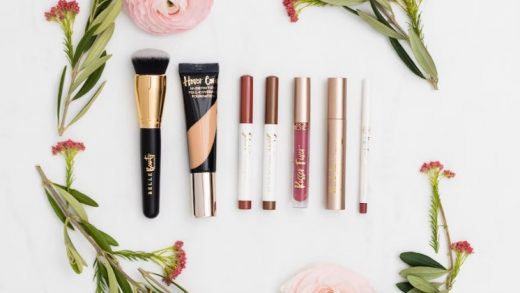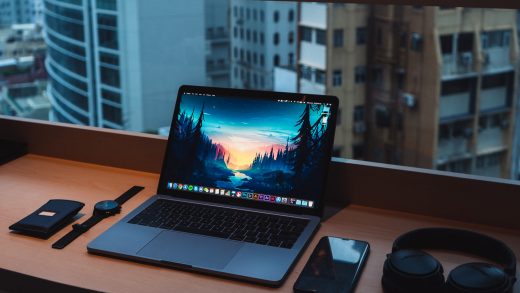In today’s world, counterfeit products have become a major problem, making it challenging for consumers to identify genuine items. Purchasing fake products not only leads to wasted money, but it can also pose a risk to safety and health. Therefore, it is crucial to know how to verify the authenticity of products before making a purchase. This article aims to provide a comprehensive guide on verifying the authenticity of products.
Look for Brand Markings and Labels
One of the easiest ways to verify the authenticity of a product is by looking for brand markings and labels. Most brands have unique markings and labels that are difficult to replicate, making it easier for consumers to differentiate genuine from fake products. Some common brand markings and labels include holograms, serial numbers, QR codes, and embossed logos. Consumers should compare these markings to those on the brand’s official website or contact the manufacturer to confirm their authenticity.
You can learn more about how to verify authenticity in this blog post
Check the Packaging and Quality
Counterfeit products often have packaging and quality that differ from the genuine products. Therefore, consumers should pay close attention to the packaging and quality of the product they intend to purchase. Genuine products are usually well-packaged and sealed, while counterfeit products may have loose packaging or come in cheap packaging. Additionally, consumers should inspect the quality of the product itself, including its texture, weight, and material. Any discrepancies in the quality of the product may indicate that it is fake.
Counterfeit products are a major problem in today’s market, but with the right knowledge and precautions, consumers can ensure that they purchase genuine products. By verifying brand markings and labels, and checking the packaging and quality of the product, consumers can minimize the risk of purchasing fake products. It is important to take the necessary steps to verify the authenticity of products before making any purchases to protect oneself from wasting money, and safeguarding personal safety and health.


